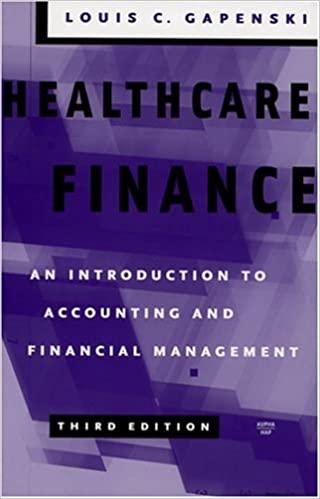

To help decide whether to grant the loan, compute the following ratios and compare the results with the company's previous year ratios and industry averages. Assume there are 365 days in a year. Do not round intermediate calculations. Round your answer to two decimal places. Current ratio of the industry average and -Select- the ratio in the previous year. Quick ratio of times is: -Select- -Select- times is higher than lower than equal to Derelt he industry average and -Select- the ratio in the previous year. Inventory turnover ratio of the industry average and -Select- v the ratio in the previous year. Average collection period of days is -Select- the industry average and -Select- the ratio in the previous year. Debt ratio of % is -Select- the industry average and -Select- the ratio in the previous year. Times-interest-earned ratio of is -Select- the industry average and -Select- the ratio in the previous year. Return on equity ratio of % is -Select- the industry average and -Select- the ratio in the previous year. Return on assets ratio of % is -Select- the industry average and -Select- the ratio in the previous year. Operating profit margin ratio of % is -Select- the industry average and -Select- the ratio in the previous year. Net profit margin ratio of % is -Select- the industry average and -Select- the ratio in the previous year. Problem 9-19 Joseph Berio is a loan officer with the First Bank of Tennessee. Red Brick, Inc., a major producer of masonry products, has applied for a short-term loan. Red Brick supplies building material throughout the southern states, with brick plants located in Tennessee, Alabama, Georgia, and Indiana. The firm's income statement and balance sheet are given below. The third table presents both a ratio analysis of Red Brick's previous year's financial statements and the industry averages of the ratios. Red Brick Income Statement (for the period ending December 12/31/20X1) Sales $168,000,000 Cost of goods sold 177,000,000 Administrative expenses 20,000,000 Operating income $ -29,000,000 Interest expense 13,000,000 Taxes 200,000 Net income $-42,200,000 Red Brick Balance Sheet as of 12/31/20X2 Assets Liabilities and Stockholders' Equity Cash $ 600,000 Accounts payable $ 30,000,000 Accounts receivable 29,000,000* Notes payable 5,000,000 Inventory 77,700,000+ Long-term debt 53,000,000 Plant and equipment 139,000,000 Stockholders' equity 158,300,000 $246,300,000 $ 246,300,000 90% of sales are on credit. + Previous year's inventory was 565,400,000. Current ratio Quick ratio Inventory turnover Average collection period Debt ratio (debt/total assets) Times-interest-earned Return on equity Return on assets Operating profit margin Net profit margin Company's Ratios Industry (Previous Year) Average 3.1:1 2.0:1 0.8:1 0.8:1 3.4x 4.6x 43 days 49 days 31% 39% -2.2 3.5 -32.3% 13.9% -19.8% 10.0% -13.3% 15.1% -19.3% 8.7%








